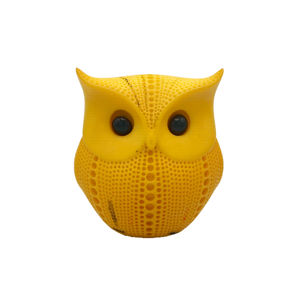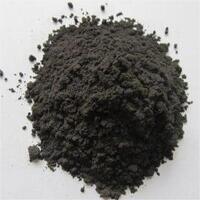**The Secret Sauce of 3D Printing: What’s Really Inside Your Prints?**
(What Material Is Used In 3d Printing)
Ever wondered how 3D printers turn digital designs into real objects? The magic isn’t just in the machine. It’s in the materials. From everyday plastics to space-age metals, the stuff that fuels 3D printing is as wild as the creations it builds. Let’s dig into the ingredients that make this tech tick.
First up: plastics. These are the bread and butter of 3D printing. PLA, short for polylactic acid, is the crowd favorite. It’s made from cornstarch or sugarcane, so it’s eco-friendly and smells like candy when melted. Perfect for beginners, it’s used for toys, phone cases, and even simple prototypes. ABS plastic is tougher—think Lego bricks. It handles heat better, so it’s great for car parts or gadgets that need to survive a little abuse.
Then there’s PETG. Imagine combining PLA’s ease with ABS’s strength. That’s PETG. Water-resistant and durable, it’s the go-to for outdoor gear or food containers. Nylon steps in when flexibility matters. Shoe soles, hinges, or wearable tech often rely on its bend-but-don’t-break personality.
But plastics aren’t the whole story. Metals like titanium, aluminum, and stainless steel are game-changers. Aerospace and medical industries love them. Jet engine parts? Check. Custom hip implants? Double-check. These prints are made by lasers melting metal powder layer by layer. It’s expensive, but when you need something that won’t quit, metal’s the answer.
Resins bring the wow factor for detail lovers. Liquid resin hardens under UV light, creating smooth, intricate shapes. Dentists use it for crowns. Jewelers craft delicate models. Artists? They make miniatures so precise you’d swear they’re alive. Just remember: resin prints can be brittle. They’re showstoppers, not sidewalk stompers.
Ever heard of printing with clay or concrete? It’s happening. Architects test building designs with clay models. Companies experiment with 3D-printed concrete houses. These materials are slow to catch on, but imagine a future where entire homes are printed onsite.
Biomaterials sound like sci-fi, but they’re real. Researchers print with living cells to grow artificial skin or cartilage. Chocolate printers exist too—because why not? Edible prints are a hit at weddings and tech events.
Wood and carbon fiber mixes fake realism. These filaments blend recycled wood with plastic, giving prints a rustic look. Carbon fiber adds muscle to plastics, making them strong enough for drones or race car parts.
Not every material is user-friendly. Some need high heat or toxic chemicals. Printers must be sturdy, and safety gear is a must. But as tech improves, these hurdles shrink. New materials pop up yearly, pushing what 3D printing can do.
(What Material Is Used In 3d Printing)
So next time you see a 3D-printed object, remember: it’s not just plastic or metal. It’s a recipe of science, creativity, and a dash of “how did they even think of that?” Whether you’re printing a trinket or a turbine blade, the material makes the magic.
Inquiry us
if you want to want to know more, please feel free to contact us. (nanotrun@yahoo.com)

